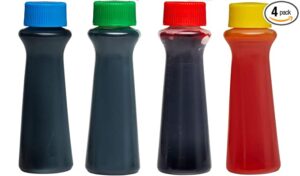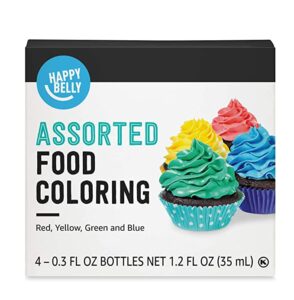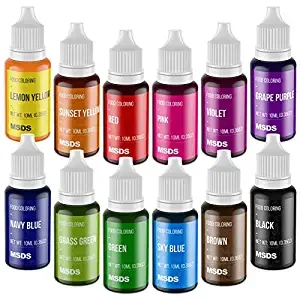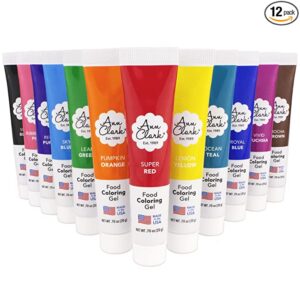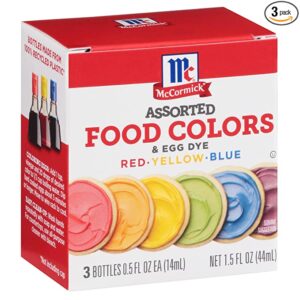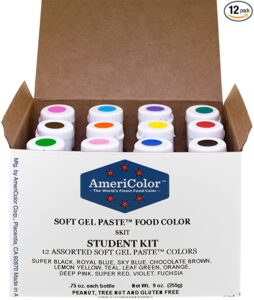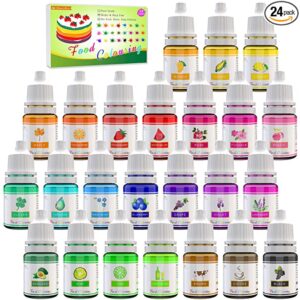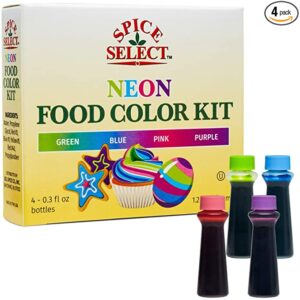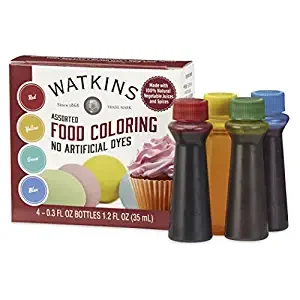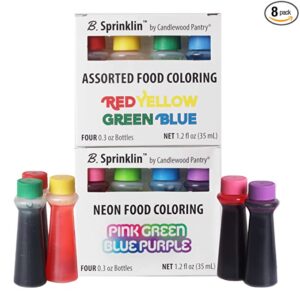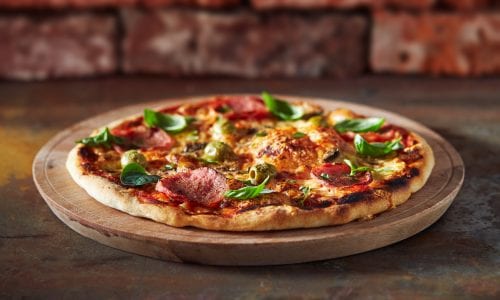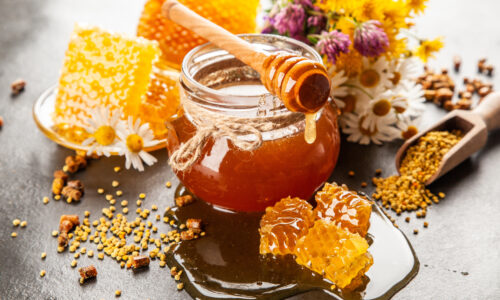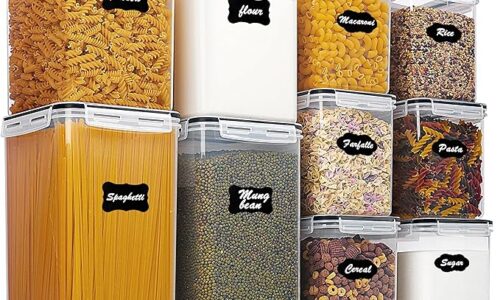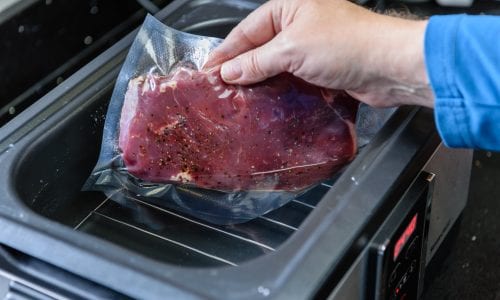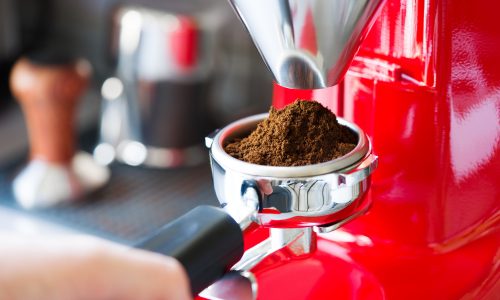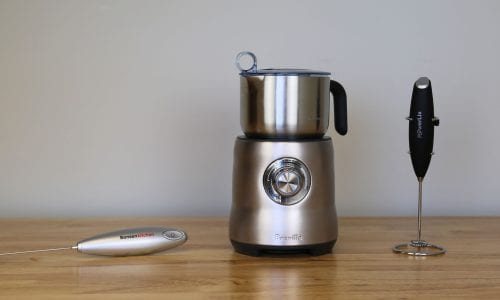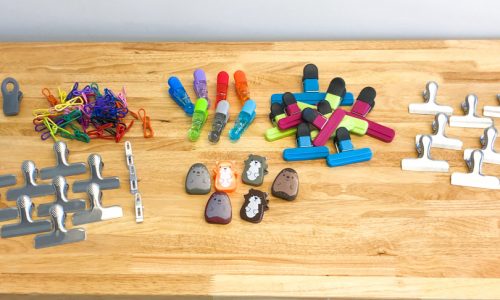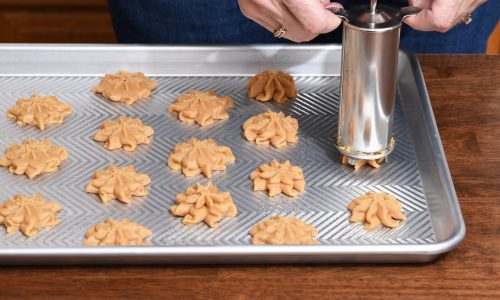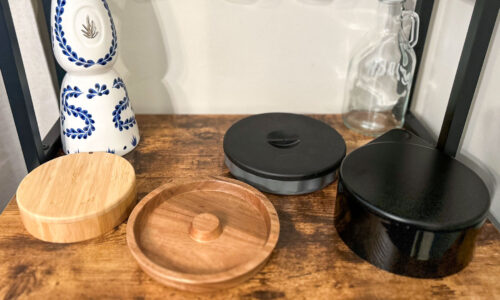The Best Food Coloring
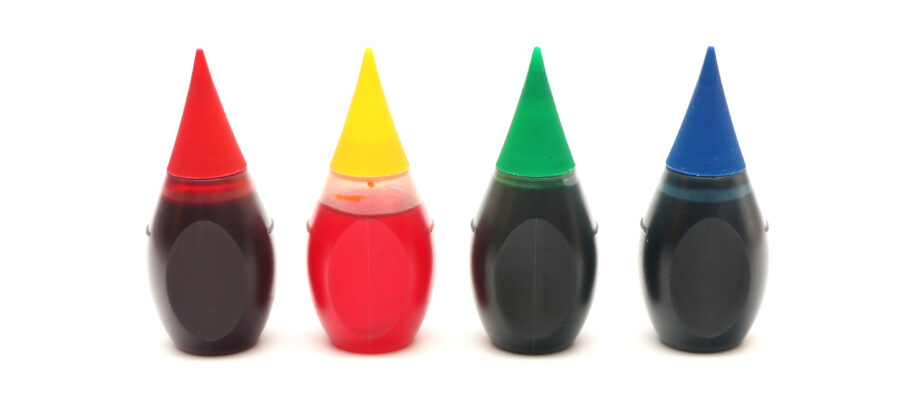
Our Review Process
Don't Waste Your Money is focused on helping you make the best purchasing decision. Our team of experts spends hundreds of hours analyzing, testing, and researching products so you don't have to. Learn more.
Our Picks For The Top Food Coloring
- 1. Spice Supreme Primary Colors Liquid Food Coloring, 4 Pack
- 2. Happy Belly Primary Colors Liquid Food Coloring, 4 Pack
- 3. Cherrysea Vibrant Tasteless Liquid Food Coloring Set, 12 Pack
- 4. Ann Clark Professional-Grade Made In USA Food Coloring Gel, 12 Pack
- 5. McCormick Liquid Food Coloring & Egg Dye, 3 Pack
- 6. AmeriColor Soft Gel Paste Student Food Coloring Kit, 12 Pack
- 7. DecorRom Rainbow Concentrated Liquid Food Coloring Set, 24 Pack
- 8. Spice Supreme Select Neon Liquid Food Coloring, 4 Pack
- 9. Watkins No Artificial Dyes Primary Colors Liquid Food Coloring, 4 Pack
- 10. Candlewood Pantry B. Sprinklin Primary & Neon Liquid Food Coloring, 8 Pack
Including four bottles with 0.3 fluid ounces of liquid color, this set is handy for getting started. You get the primary colors plus green for versatility with color mixing. It's suitable for non-food projects too.
Good Starter OptionConsider this starter set if you'd like to first try a few colors and prefer something economical.
Featuring green, red, yellow and blue, this kit offers a basic color selection. The colors are liquid, and each bottle contains 0.3 fluid ounces. The bottles are easy to squeeze and handle.
Basic SelectionThis set gives you four basic colors and makes it easy to make your favorite foods look more interesting.
You get 12 bottles of liquid dye with this large set. It includes the primary colors along with shades such as pink, purple, black and brown. Each bottle contains 0.35 fluid ounces.
Large VarietyThe large color selection makes this kit ideal if you'd like to reduce the need to mix shades for the desired result.
Coming with 12 tubes, this gel set includes a selection of bold colors for making creative foods. The gel has a high concentration for plenty of use, and it's not as messy as liquid dyes.
Convenient and ConcentratedYou get a wide selection of bright colors and convenient and highly concentrated gels with this set.
Buying Guide
Used for everything from baked goods and drinks to Easter eggs and candy, food coloring can create a very interesting look. It gives you plenty of variety whether you want to simply make blue frosting for cookies or create a rainbow birthday cake. Food coloring is usually also easy to use even if you’re a beginner, although it can take some practice to get the perfect result.
To find the right food coloring, you should think about what you’ll use it for. Some common food coloring types include liquids, gels and powders, and these have strengths and weaknesses for different uses. Some other considerations to keep in mind include ease of use, vibrancy, availability, messiness and texture effects.
The most popular food coloring comes in a liquid form that you simply squeeze out of a bottle. Since this dye’s easy to use, even kids can get creative with it, but it can get very messy due to the watery texture. These dyes are ideal for a less vibrant result, and you’ll need to consider that the water-based nature could slightly affect your food’s texture or taste.
If you prefer something more vibrant, gel food colors are a good yet more expensive alternative. Available as bottles of liquid or jars of paste, they usually cause less of a mess than traditional liquid dyes, and you may find them easier to work with too. However, the thicker texture can create challenges when mixing gel dyes with certain foods, and pastes particularly could affect your food’s taste.
Less common than gels and liquids, powdered food coloring is ideal for very dark colors. While you could use the powder alone, you can also mix the powder with some liquid to use it with dry ingredients. Although powdered dyes can be expensive and get messy, they do last a long time and won’t dry out like gels can.
Consider the ingredients that type of food coloring contains. Many options include artificial ingredients, but you can find all-natural options too if you stay aware they’re more likely to affect your food’s taste. In any case, make sure you don’t have an allergy to any of the ingredients and the coloring doesn’t contain anything hazardous.
Lastly, you should choose a food coloring set with a suitable color selection. The most basic kits include at least the primary colors – red, blue and yellow – and sometimes the secondary color green. While you can use these to mix other colors, you might prefer a larger kit with 12 or more colors for convenience and versatility. These kits often include additional colors such as pink, black, purple, orange and brown.
What to Look For
- Knowing how much food coloring to add for the intended result takes some experimentation. It always helps to use just a little dye at a time to prevent mistakes that could mean needing to throw out your food and start over. Keep in mind the intensity of the color you want since you’ll need far less coloring to get a pastel shade than a very dark one. Additionally, be aware the shade may get darker over time if you’re mixing the dye with fondant or buttercream.
- If your food coloring kit doesn’t come with a mixing chart, look for one online since it will save you time and frustration trying to figure out how to get the color you need. You can also recall the basic color mixing rules to get secondary colors. For example, if you want orange, just mix yellow and red dyes in equal proportions.
- Working in natural light is a good idea for getting the coloring just right.
- Using a large amount of food coloring is more likely to cause your food to taste slightly different. Stick with lower amounts or use more concentrated dyes if you have concerns.
- Mix the color with your food thoroughly to get the best results. You can expect this to take effort work with gel dyes than liquid ones.
- While any food coloring can get messy, you can save yourself some hassles if you properly prepare. This means putting on an apron to protect your clothes and wearing gloves to avoid stained hands. Protect your work area too for an easier cleanup process.
- If you end up with food coloring stains, act as soon as possible. You can try some baking soda and water or use white vinegar for stained hands if soap and water won’t work. A cold water rinse is a good starting point for clothing stains as well as letting the item soak in detergent and water for several hours before you put it in your washer.
- Follow the manufacturer’s directions for storing your food coloring. Avoid storing it in sunlight or heat. Additionally, keep the containers tightly sealed.
- Check whether your food coloring has an expiration date. This is more common with natural dyes since artificial ones can last for years as long as you store them safely.
More to Explore
Did you know that the ancient Egyptians used natural food colors as far back as 3,500 years ago? Saffron and turmeric were two popular spices used. People who prefer natural options still dye food and other items with these spices today.
The development of artificial food colors wouldn’t begin until the second half of the 1800s, and it would take until 1900 for them to become common. Unfortunately, some early synthetic dyes had issues with toxicity. In other cases, manufacturers would use them to simply cover up bad food. In response, the U.S. government would pass laws such as the Food and Drugs Act and the Federal Food, Drug and Cosmetic Act of 1938.

